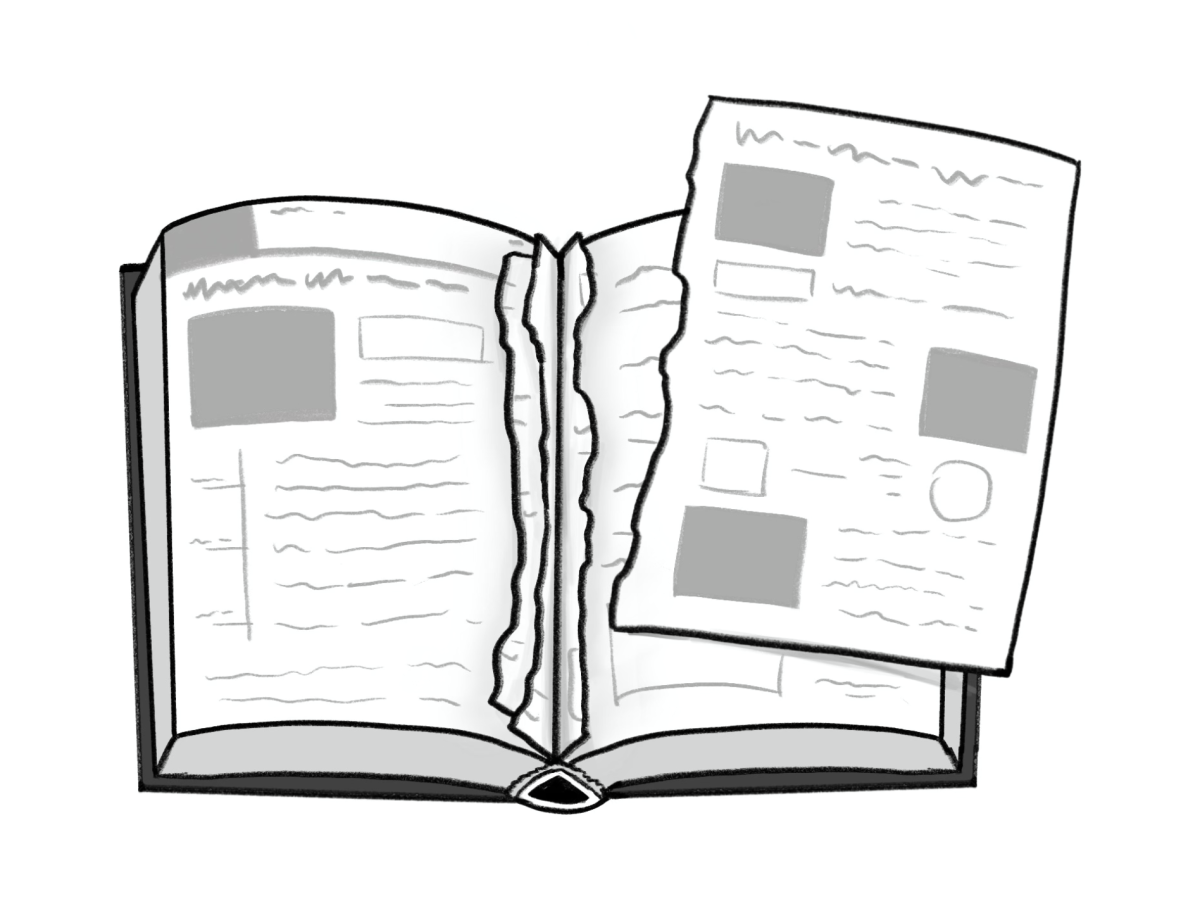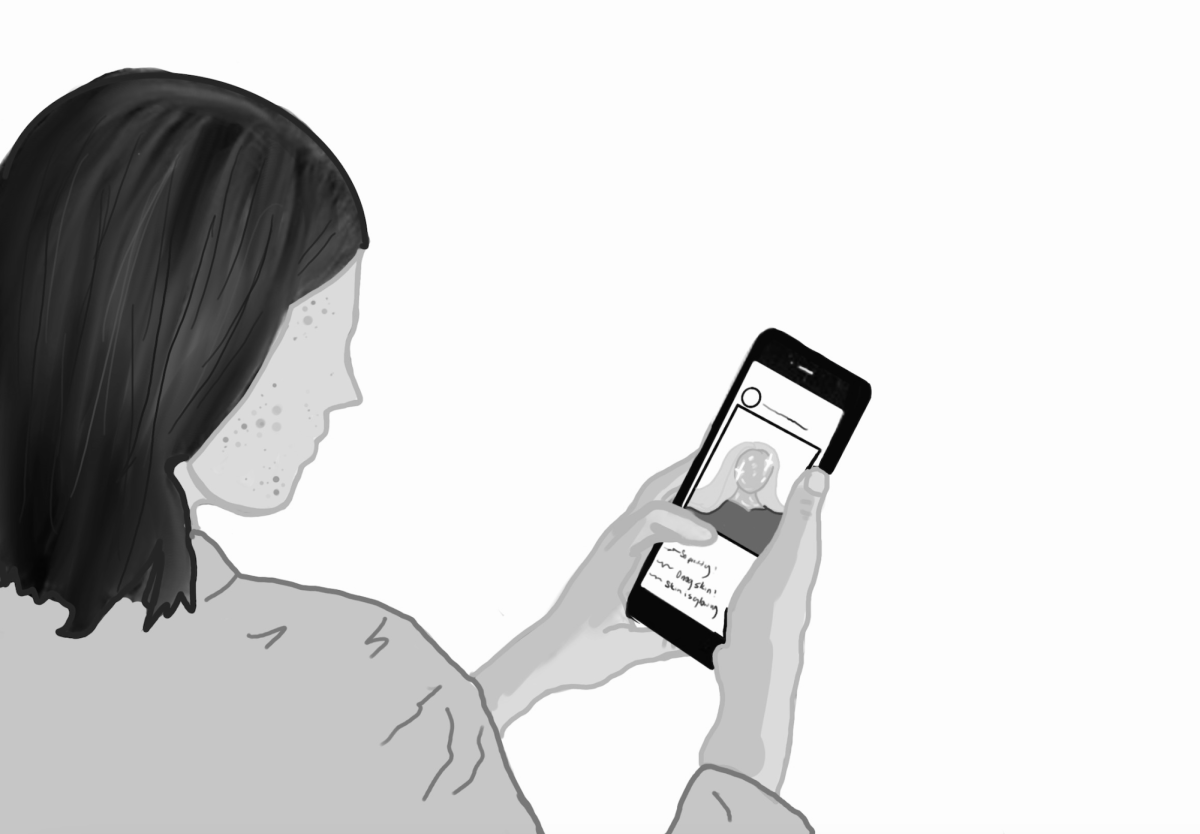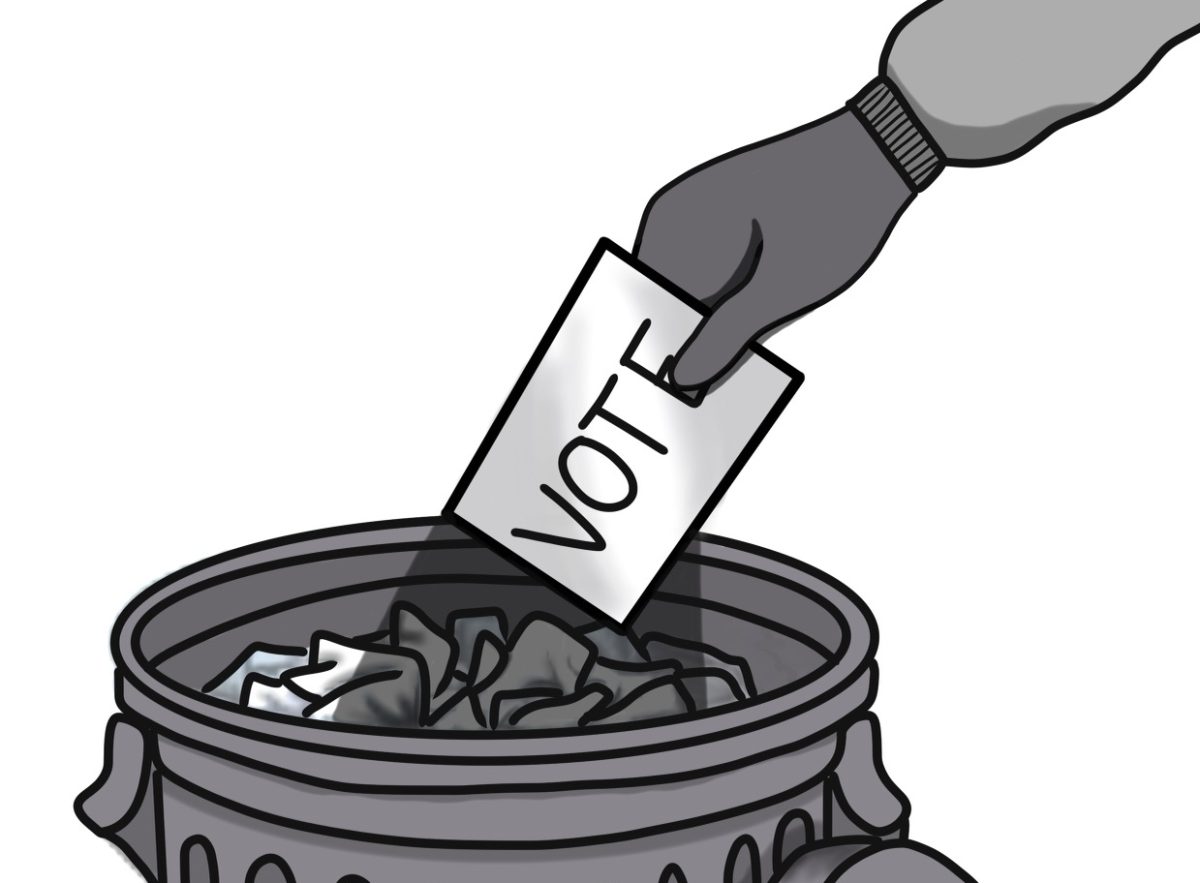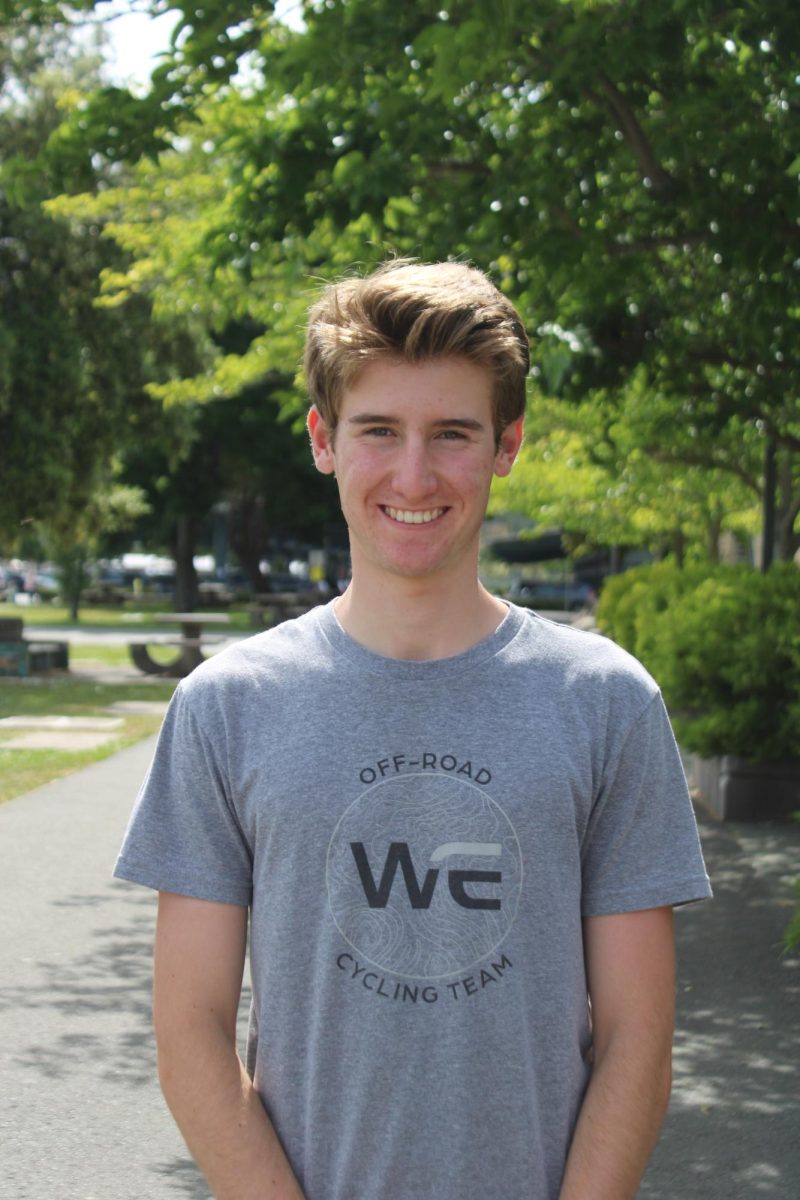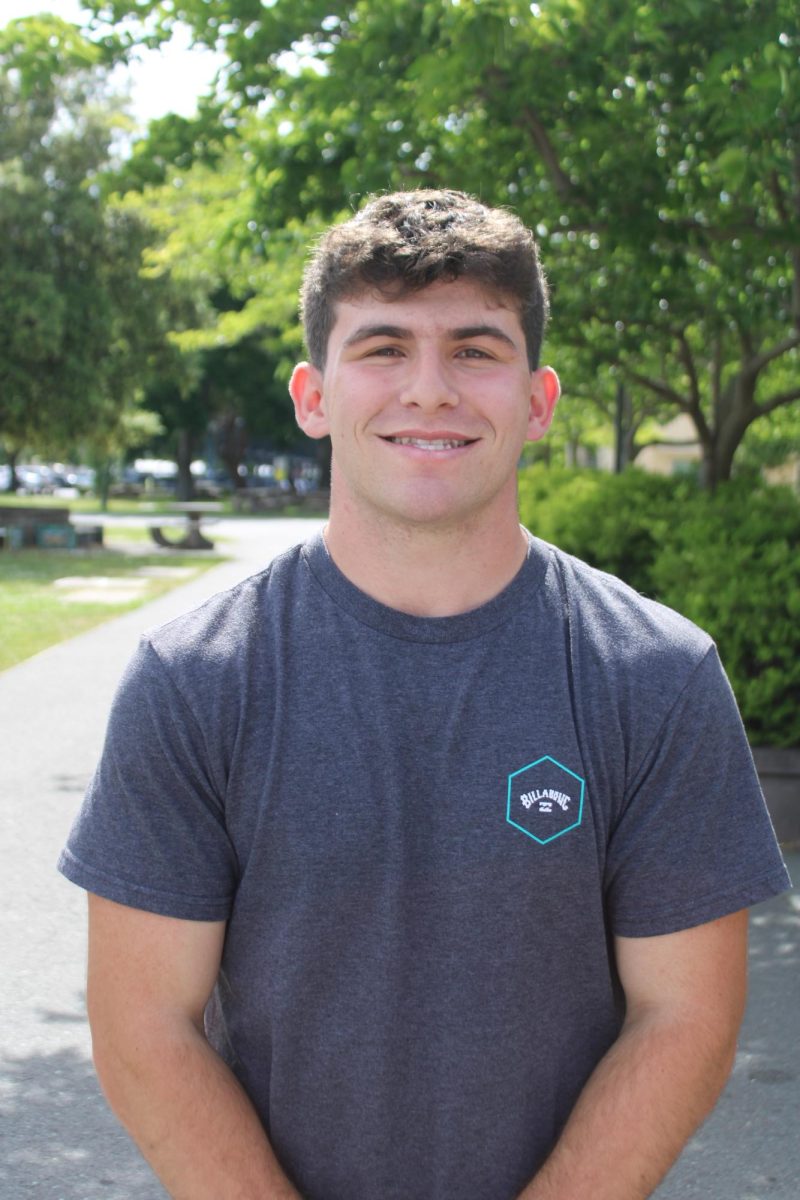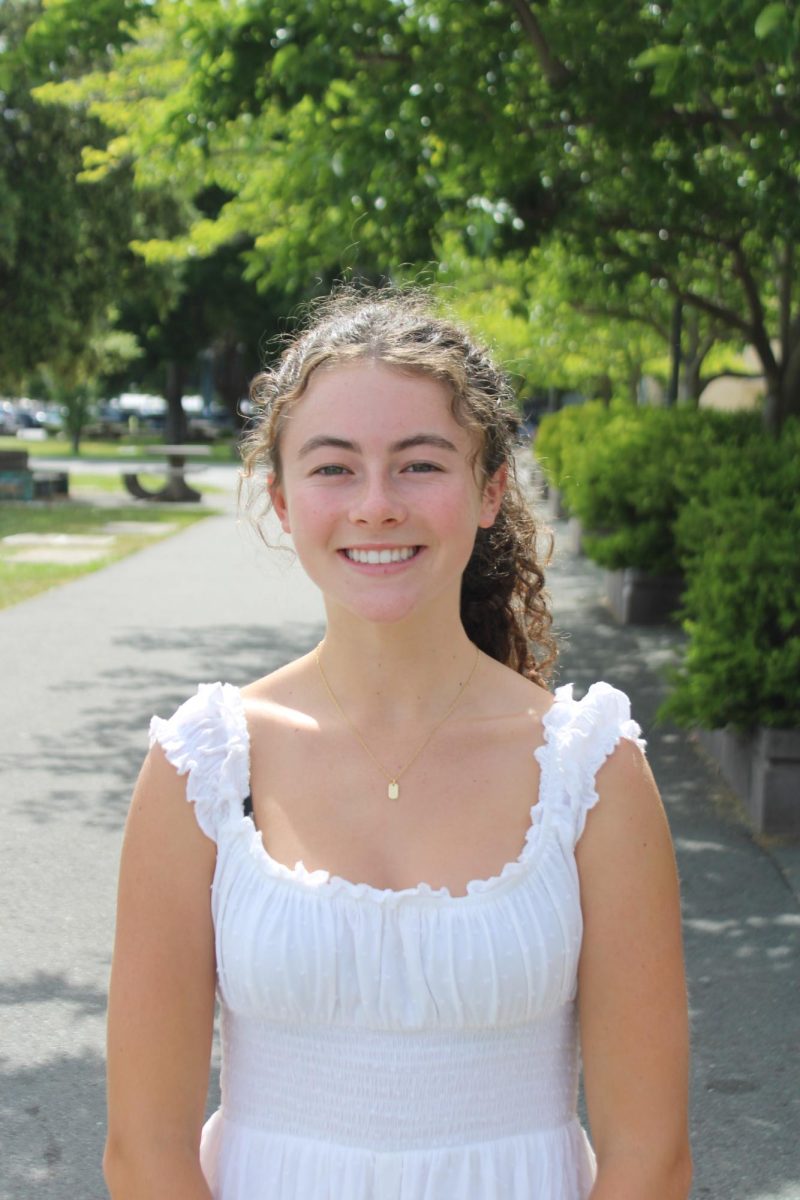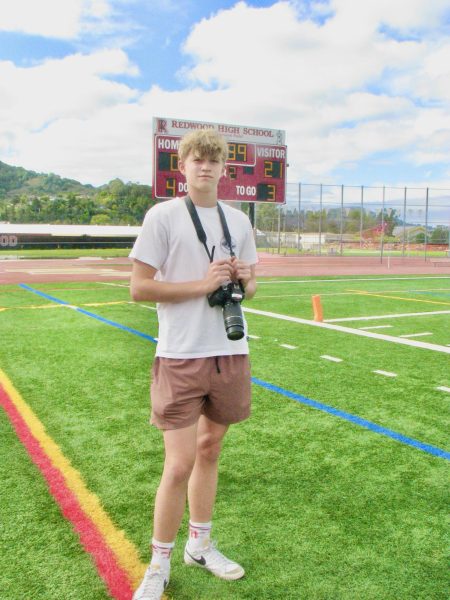Let’s face it — no one wants the sun glaring into their window at 7 a.m. on a weekend, and no one wants to rely on loud, blinding light during a 5 p.m. sports practice outside. Daylight saving time is a bummer and so is standard time, transitioning from the exhilarating freedom and joy of a bright summer afternoon to frustratingly dark fall evenings overnight. The change between standard and daylight saving time must be removed, and replaced by permanent daylight saving time that offers extended daylight hours year-round.
Before delving into the complexities and impacts of time changes, it’s important to understand the difference between standard time and daylight saving time. Standard time (STD) refers to the traditionally observed time in any given time zone without any adjustments, which falls from from the first Sunday in November until the second Sunday in March. Daylight saving time (DST) involves advancing the clock by one hour starting the second Sunday in March and ending on the first Sunday of November. Since the introduction of DST during World War I to conserve energy, its use and the resulting time change has been an extensively debated topic. Farmers, for example, are against its use as they have to work through darkness in the mornings. Despite this, after its use in both World War I and II, it became a national law under the Uniform Time Act of 1966.
Daylight saving has many benefits, including decreasing crime rates, preserving energy and saving lives from traffic injuries, as more individuals drive during daylight hours. The problem with our current system is the yearly change back to standard time, from the first Sunday in November to the second Sunday in March. Not only is standard time itself not optimal for our society, but the change itself is very dangerous and has countless harmful effects.
Adam Spira, Ph.D., MA, is a sleep expert and professor at Johns Hopkins in the Department of Mental Health.
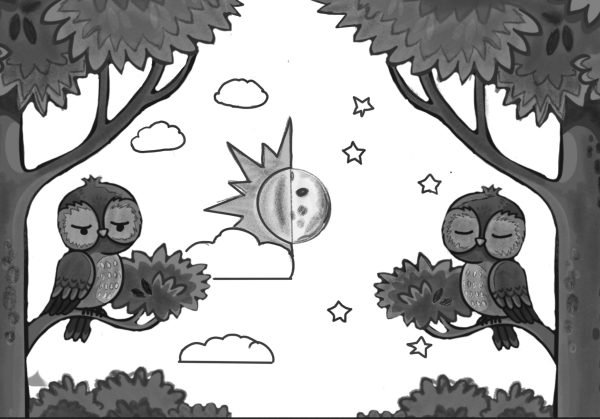
“The consequences of [changing the clocks] include decreases in cardiovascular health, increases in diabetes and obesity, poorer mental health, lower cognitive performance and an increase in the risk of motor vehicle accidents,” Spira said.
A 2020 study by the University of Colorado, Boulder, found that the switch raises the risk of fatal traffic accidents by 6 percent. Meanwhile, other studies by the National Institute of Health have found that DST contributes to improved road safety by reducing pedestrian fatalities by 13 percent during dawn and dusk hours.
Not only would permanent DST be safer, but it would also make school an improved learning environment. A 2015 study published in the Journal of Clinical Sleep Medicine found that during school days after the time change, students were sleepier, had slower reaction times and were less attentive.
Adopting permanent DST time would promote better physical and emotional health. As DST may also counteract the sedentary lifestyle of modern living by encouraging more socialization and outdoor recreation with additional daylight.
As a student, I’ve experienced firsthand how the time change impacts my productivity and well-being, affecting both my mental
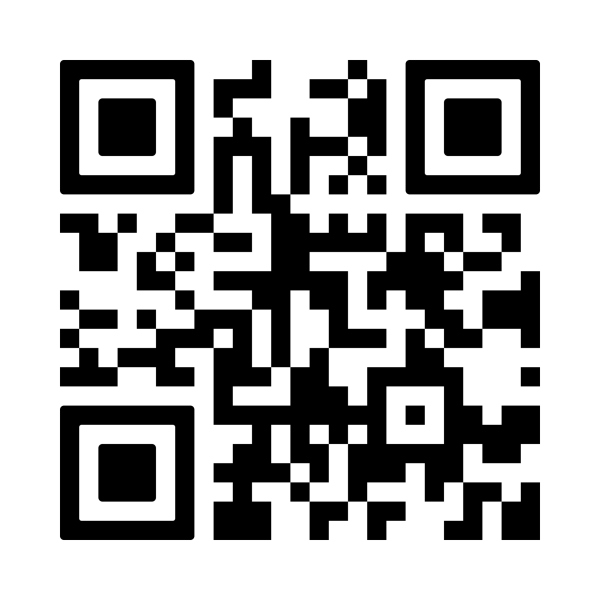
focus and physical health due to disruptions in sleep patterns. Let’s put an end to the darker evenings and embrace brighter days instead. Join the 39 states who have proposed legislation to make DST permanent, and the 210,000 people on Change.org, by signing the petition via the QR code.







